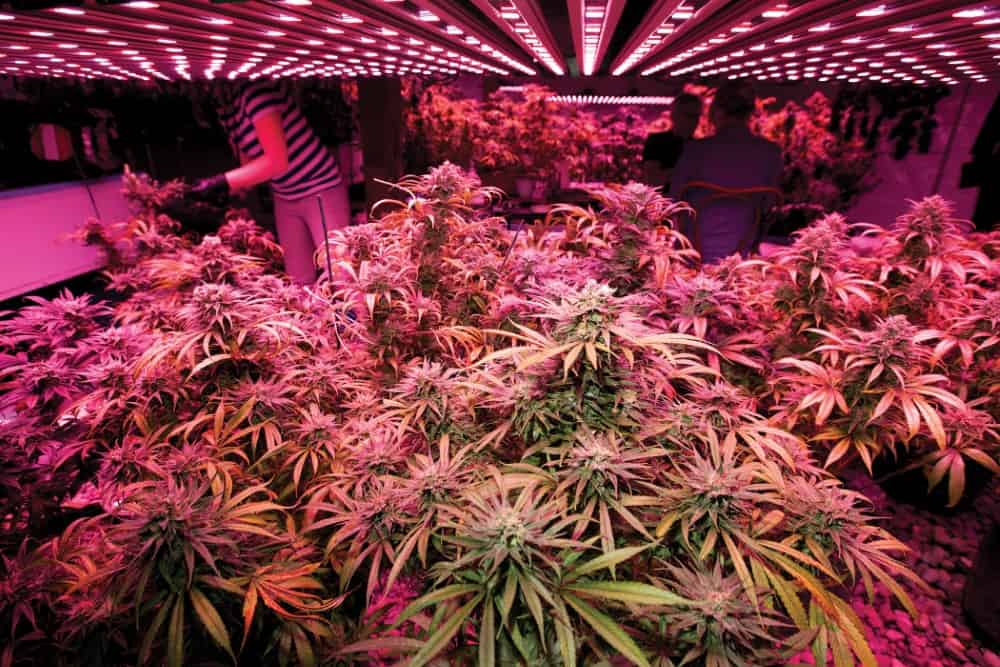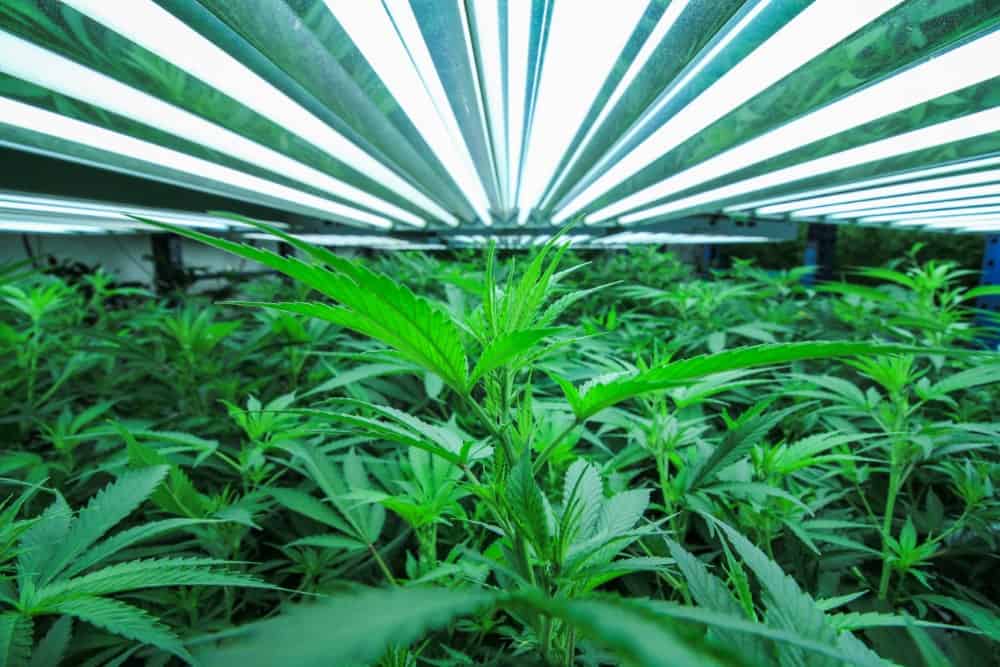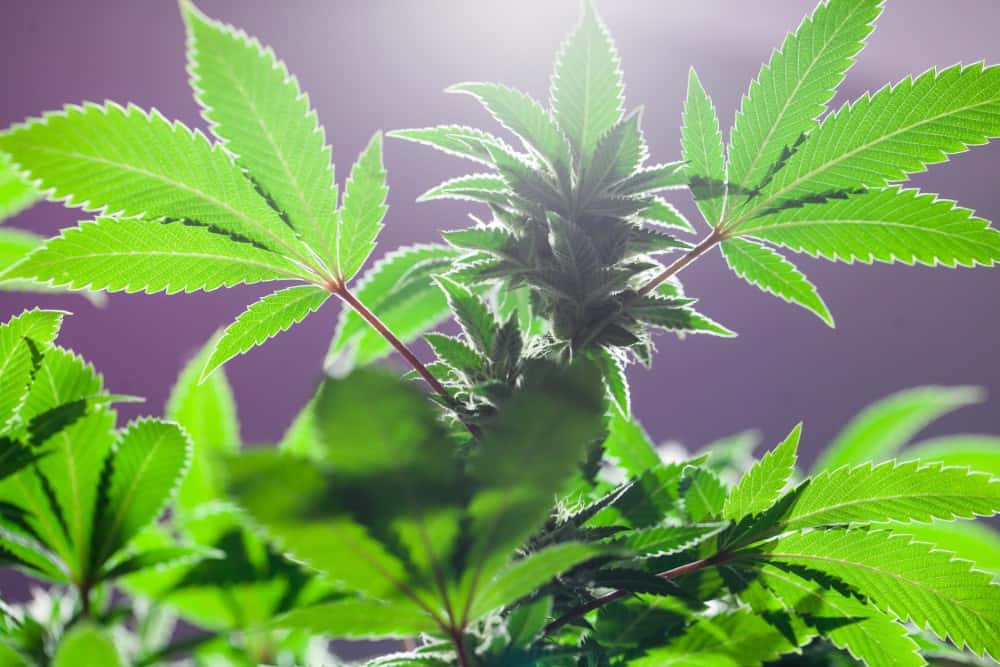How Cannabis lighting can easily allow triggering the growth of the plant in an effective manner from the perspective of a Greenhouse Cultivator?

Since cannabis had been legalized in many parts of the world, growers of cannabis have been working hard to change the thoughts and thinking of people around its growth and their business. People have been underestimating the importance of malignant weed in the medical field. When it comes to the word malignant, it has to be clarified that this weed is not an unwanted substance and it has its medical applications. This would be a great opportunity for the people in medical research since cannabis will be a great substance that could be added to the controlled list. It has been effective for patients who have been terminally ill. The most important aspect which will be under consideration is the fact of how a person who has a hobby of growing cannabis grows cannabis and what techniques they employ.
The cannabis industry has triggered its growth in the last few years. It could be attributed to the legalization of cannabis in countries like Canada. The maturity in the industry has also increased due to the insight which is inserted by the growers from all over the world into the growing industry. The article will explore the insights of veteran horticultural professionals and floriculture experts. The article will explore the photoperiod scheduling in order to understand how cannabis growth could be increased and how scheduling. There are a few key aspects in consideration according to the light cycle of the plant to optimize yields and outcomes of the growth by using effective light and environment management.
PLANT GROWTH AND HIGH DLI
It has been known that the cannabis flower is the most effective3 and the most valuable part of the plant which is used by the growers to maximize the cannabis utility. To increase the floral biomass and determine the better light period for the growth of the cannabis plant, the article will explore how the light intensity and the services of the light will work for each of the plants. It has been observed at cannabis needs more light to grow than any other pant so it is light period has to be regulated to maximize the growth of the plant. After the plant is grown, the parts like the dried flower, extract or oil is extracted and utilized for the greater good of the plant.
UPLUX is one of the best light sources
The most important idea that has to be considered is how cannabis is different from an average greenhouse plant and how the light intensity is allowing the plant to thrive. Cannabis needs 950 to 1,200 photosynthetic photon flux density (PPFD) to get fully mature. It will be composed of 41 to 51 daily light integral (DLI). This process of acclimating the light for the growth of the plant is known as “photoacclimation” since the intensity of the light is adjusted according to the needs of the plant at each stage of the growth cycle. During the propagation and vegetative growth, cannabis plants need mote DLI levels than their entire life cycle. However, with an 18-hour photoperiod, the level of DLI is easily achieved with less light intensity.
After this phase passes, the vegetative bulking period starts in which the light period is reduced to 12-hours in which the DLI levels take a significant dip. The DLI requirements and the light period are decreased by six hours. It is seen as a source of relaxation for the growers but they do not consider the fact that it could affect the outcomes and the yield of the plant as the light level swill decrease. This makes high-intensity PPFD lighting very significant for the bloom stage.
Cannabis is acclimated to the light intensity at such a great pace that a very high level of PPFD is needed for the bloom growth stage. A 12-hour cycle of light is needed to ensure the plant gets complete light and darkness cycle to grow its reproductive organs such as flowers for cannabis. Many new growers are unaware of these facts since they don’t understand the importance of the light intensity and light period.
Understand the limiting factors
Although the light has been one of the leading limiting factors, mishandling and pruning are the other ones which need a careful address. A strict regimen of carbon dioxide enrichment is needed for the plant to grow effectively. With light saturation as the limiting factor, lack of CO2 supplementation can easily halt the growth of cannabis. The UPLUX could solve the issue of the light period. With a level of 300 to 400 ppm of normal CO2 levels, the typical greenhouse effect could be achieved. The CO2 supplementation is big issues alongside the HVAC, nutrition and strain selections. The yield and growth of the plant get halted due to these factors.
FINAL CONSIDERATION
The final thing to consider is the fact that the use of the medicinal or recreational use of cannabis. It has been used by the medical professional as a medicinal substance in a controlled manner. This is to ensure that abuse does not take place. However, recreational use has been done by people which has been a major worry for the government and stakeholders.
UPLUX is a source of light that can easily allow the growers who are new to the growth to maximize the light use in the growth of the plant. The recreational or medicinal uses of the plant have been due to the THC which is a major metabolite associated with the psychoactive effect. The cannabidiol (CBD) has not been well researched yet.
With UPLUX into use, the light source and the use of better carbon dioxide supplementation, the growth of the plant could be easily triggered for better yield and outcome. With better awareness about the growth of cannabis, the HLI and the use of light sources, the new growers can achieve better results.

